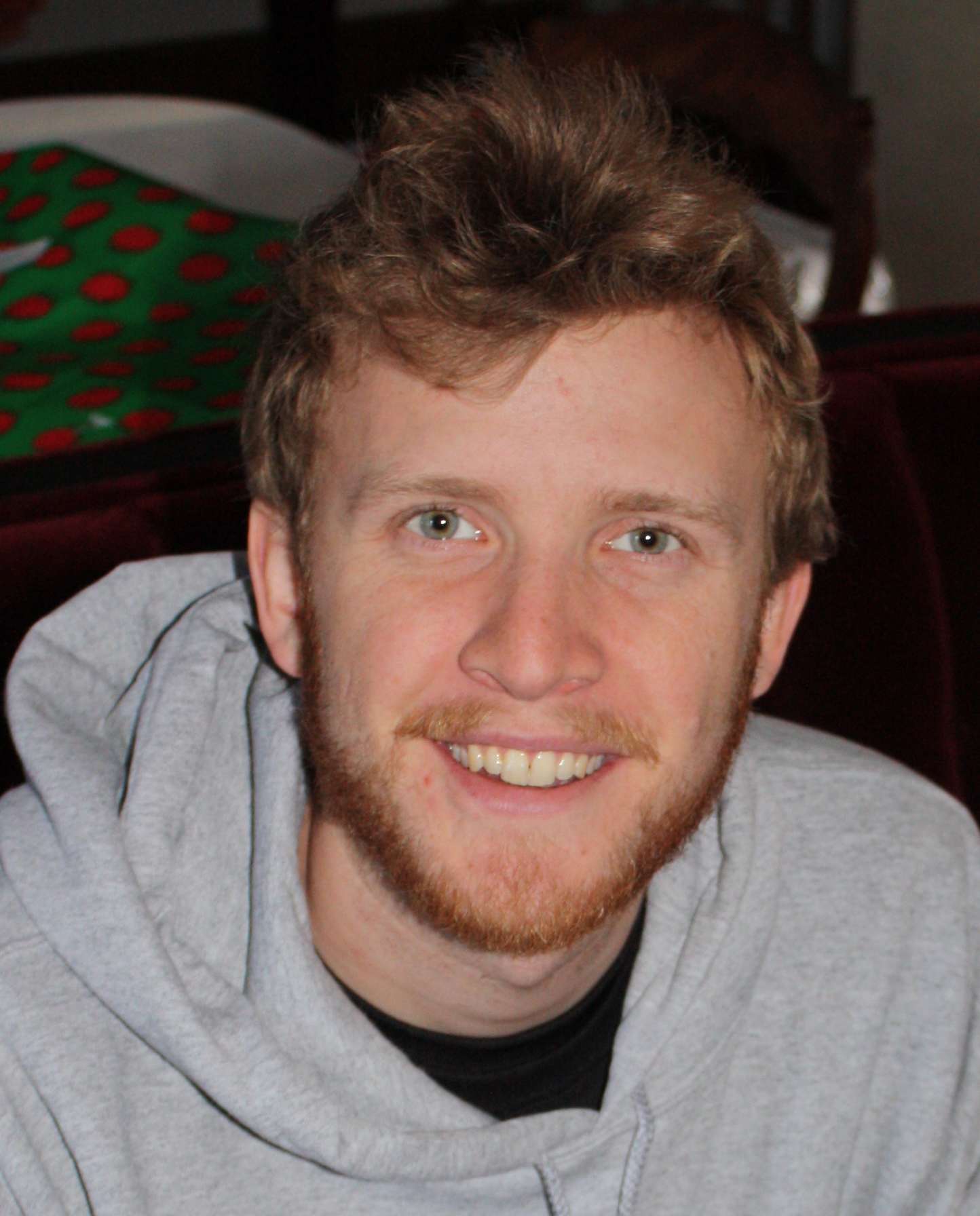Genome mining for new natural product based cancer therapeutics
Andrew Markley
Appointment Period: 2010-2011, Grant Years: [26]
 The exponential growth in known cancer therapeutics that occurred in the mid 19th century has been leveling off over the past 20 years. The difficulty is that the vast majority of natural products from large or laboratory culturable organisms, the chemical basis for the majority of anti-cancer drugs, have already been discovered and tested for medical utility. At the same time the vast chemical space of microorganism natural products had barely been explored due to the fact that, unless they could be grown in the lab, researchers could not get enough material for the standard find-and-grind method of natural product discovery. My thesis project sought to take a different path to drug discovery by starting with a known group of similar, heavily modified ribosomally encoded natural products with anti-cancer activities and using directed bioinformatic searches to discover a number of novel natural products with a high potential for anti-cancer activity.
The exponential growth in known cancer therapeutics that occurred in the mid 19th century has been leveling off over the past 20 years. The difficulty is that the vast majority of natural products from large or laboratory culturable organisms, the chemical basis for the majority of anti-cancer drugs, have already been discovered and tested for medical utility. At the same time the vast chemical space of microorganism natural products had barely been explored due to the fact that, unless they could be grown in the lab, researchers could not get enough material for the standard find-and-grind method of natural product discovery. My thesis project sought to take a different path to drug discovery by starting with a known group of similar, heavily modified ribosomally encoded natural products with anti-cancer activities and using directed bioinformatic searches to discover a number of novel natural products with a high potential for anti-cancer activity.
We began our bioinformatic search using the biosynthetic gene clusters that synthesized two natural products with anti-cancer activity: Patellamide D, produced by the cyanobacterial symbiont Prochloron didemni, reverses multiple drug resistance in a human leukemia cell line and microcin B17, produced by E. coli, is a potent topoisomerase inhibitor. Through our searches we greatly expanded this family and discovered analogous gene clusters in over 300 species, the majority of these family members were ‘orphan gene clusters’, with no known metabolite yet attributed to them. I then worked to characterize several of these newly discovered natural products for future use in cancer therapeutic screens. I also developed a robust E. coli based system for producing these natural products in larger quantities. This system also shows great promise for creating high throughput combinatorial libraries of novel natural products, making it easy to optimize therapeutic activity using a cell based production system.
Lee SW, Mitchell DA, Markley AL, Hensler ME, Gonzalez D, Wohlrab A, Dorrestein PC, Nizet V, Dixon JE. Discovery of a widely distributed toxin biosynthetic gene cluster. Proc Natl Acad Sci USA. (2008) 105:5879-84. PMID: 18375757; PMC2311365.
Mitchell DA, Lee SW, Pence MA, Markley AL, Limm JD, Nizet V, Dixon JE. Structural and functional dissection of the heterocyclic peptide cytotoxin streptolysin S. J Biol Chem. (2009) 284:13004-12. PMID: 19286651; PMC2676033.
Gonzalez DJ, Lee SW, Hensler ME, Markley AL, Dahesh S, Mitchell DA, Bandeira N, Nizet V, Dixon JE, Dorrestein PC. Clostridiolysin S, a post-translationally modified biotoxin from Clostridium botulinum. J Biol Chem. (2010) 285:28220-8. PMID: 20581111; PMCID: PMC2934687.
Scholz R, Molohon KJ, Nachtigall J, Vater J, Markley AL, Sussmuth RD, Mitchell DA, Borriss R. Plantazolicin, a novel microcin B17/streptolysin S-like natural product from Bacillus amyloliquefaciens FZB42. J Bacteriol. (2011) 193:215-24. PMID: 20971906; PMCID: PMC3019963.
Markley AL, Jensen ER, Lee SW. An Escherichia coli-based bioengineering strategy to study streptolysin S biosynthesis. Anal Biochem. (2012) 420:191-3. PMID: 22001374; PMCID: PMC3240940.
 The exponential growth in known cancer therapeutics that occurred in the mid 19th century has been leveling off over the past 20 years. The difficulty is that the vast majority of natural products from large or laboratory culturable organisms, the chemical basis for the majority of anti-cancer drugs, have already been discovered and tested for medical utility. At the same time the vast chemical space of microorganism natural products had barely been explored due to the fact that, unless they could be grown in the lab, researchers could not get enough material for the standard find-and-grind method of natural product discovery. My thesis project sought to take a different path to drug discovery by starting with a known group of similar, heavily modified ribosomally encoded natural products with anti-cancer activities and using directed bioinformatic searches to discover a number of novel natural products with a high potential for anti-cancer activity.
The exponential growth in known cancer therapeutics that occurred in the mid 19th century has been leveling off over the past 20 years. The difficulty is that the vast majority of natural products from large or laboratory culturable organisms, the chemical basis for the majority of anti-cancer drugs, have already been discovered and tested for medical utility. At the same time the vast chemical space of microorganism natural products had barely been explored due to the fact that, unless they could be grown in the lab, researchers could not get enough material for the standard find-and-grind method of natural product discovery. My thesis project sought to take a different path to drug discovery by starting with a known group of similar, heavily modified ribosomally encoded natural products with anti-cancer activities and using directed bioinformatic searches to discover a number of novel natural products with a high potential for anti-cancer activity.